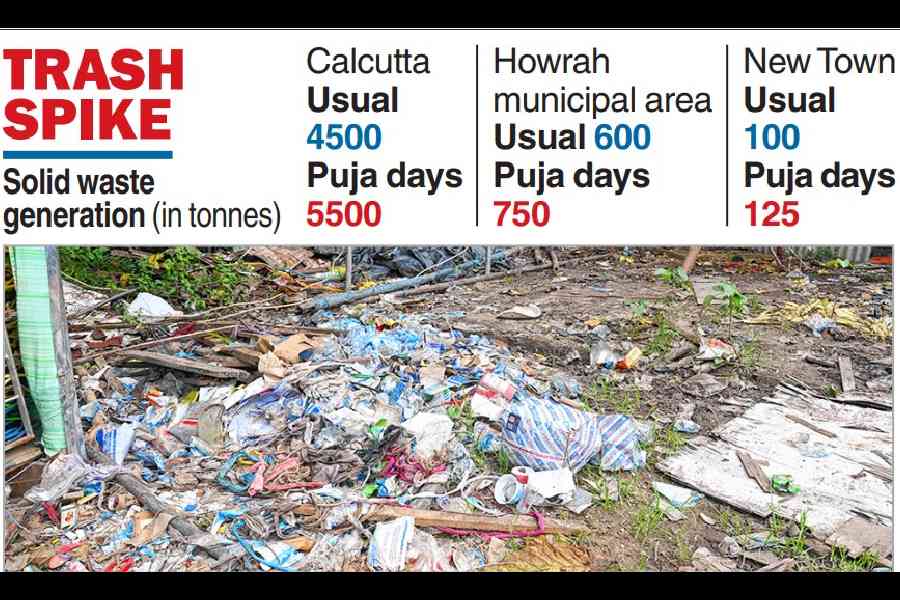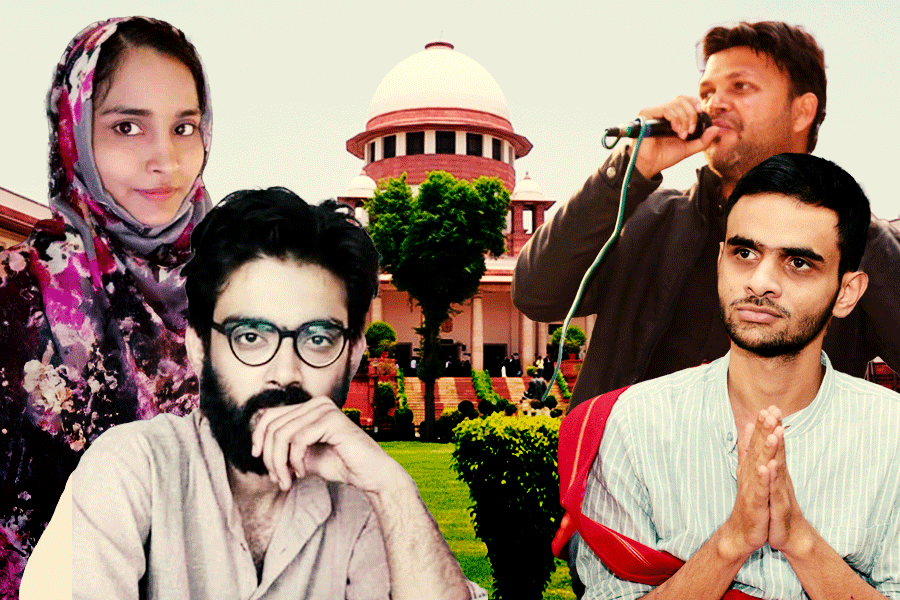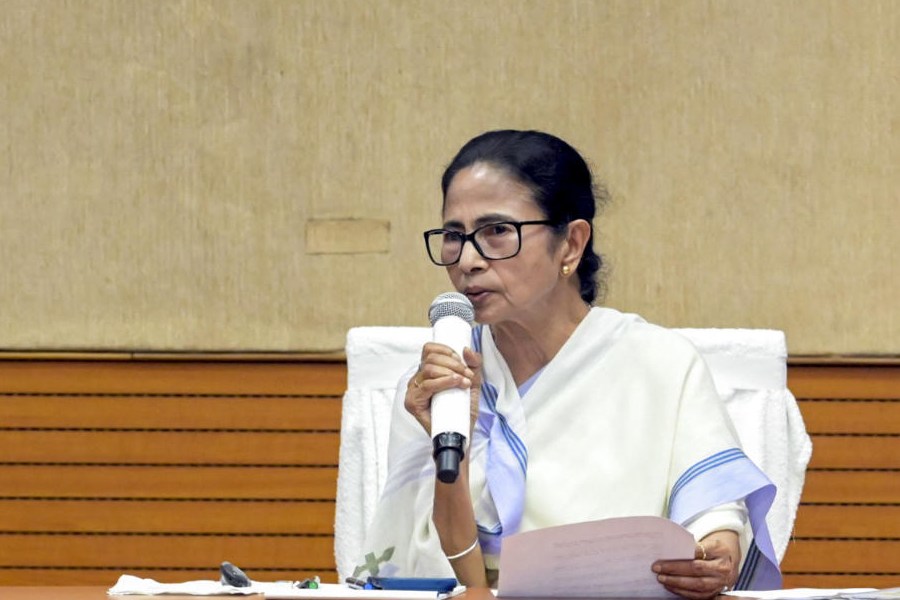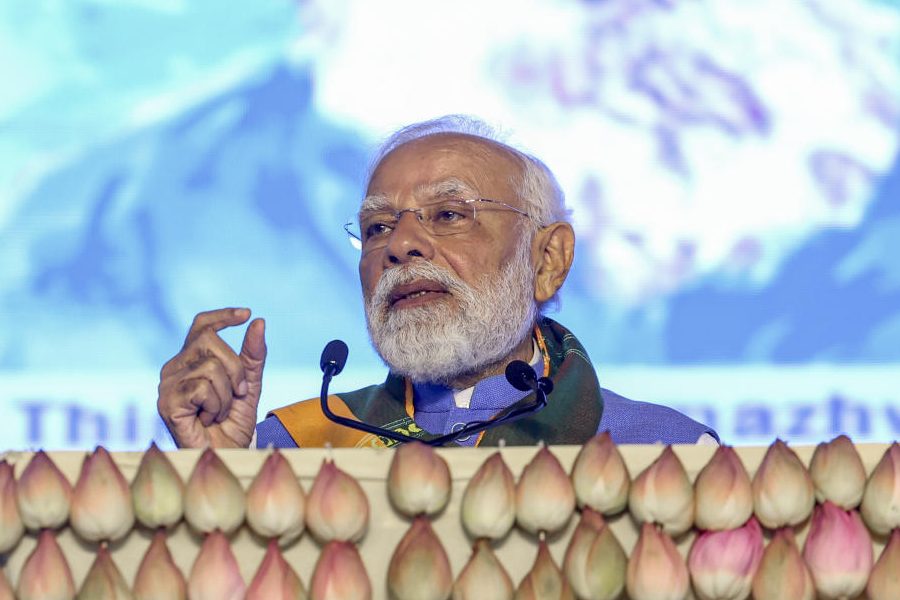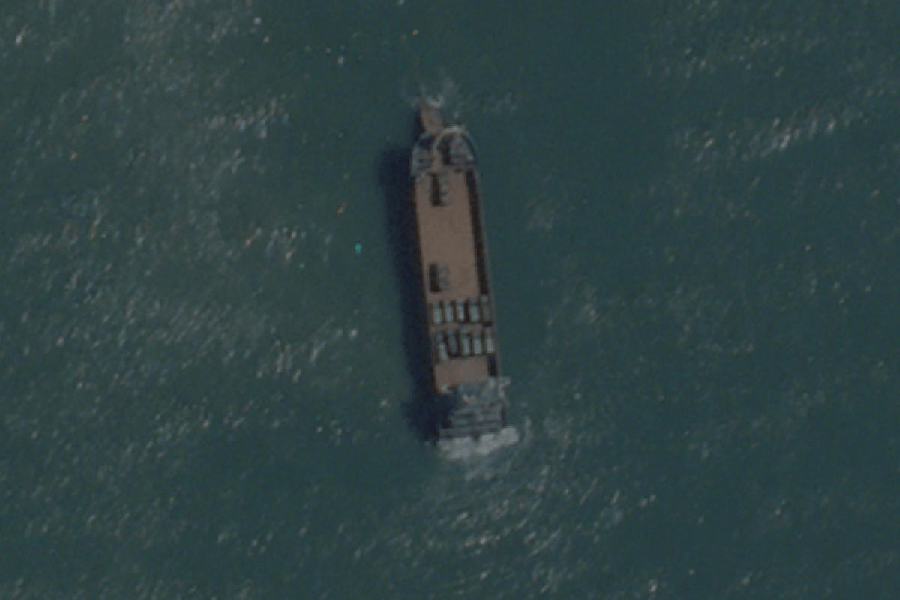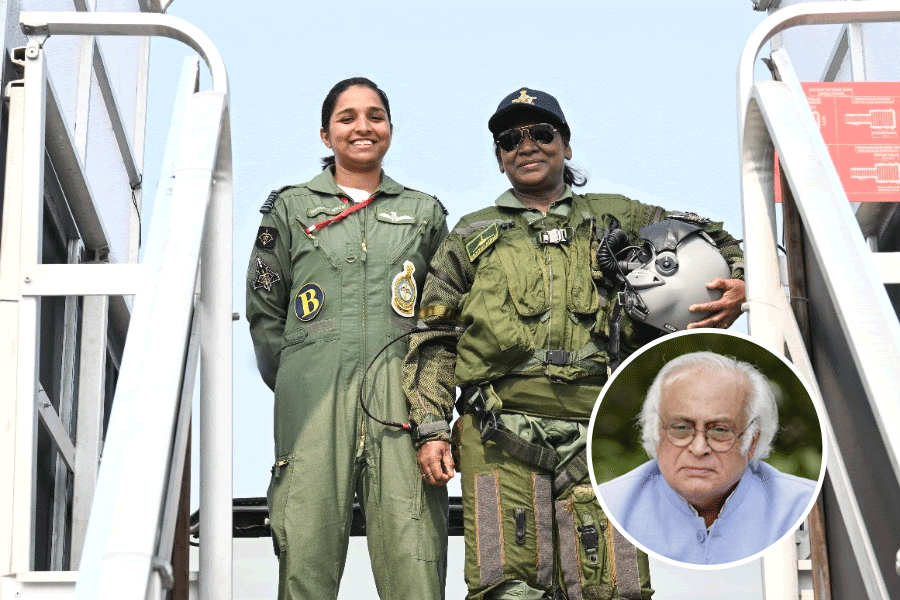The city’s grand celebration of Durga Puja, renowned for its artistic display and creativity, also leaves behind piles of waste — a stark reminder of poor civic sense.
During the Puja days, Calcutta generates around 1,000 tonnes of additional solid waste each day, putting immense pressure on an already overburdened waste management infrastructure.
“On regular days, Kolkata Municipal Corporation (KMC) areas produce about 4,500 tonnes of solid waste daily. During Puja, it rises to at least 5,500 tonnes every day,” said a senior official of the civic body.
A similar surge is recorded in neighbouring civic bodies. This year, Howrah saw its daily waste load jump from 600 tonnes to 750 tonnes, according to the Howrah Municipal Corporation. New Town, Bidhannagar, and other municipalities reported identical patterns.
Waste management engineers and environmental experts highlighted that the Puja festivities lead to a sharp rise in non-biodegradable waste, particularly plastic: from hundreds of thousands of packaged drinking water bottles, soft drink containers, and disposable plates used by food stalls, to thinner plastic bags that end up clogging underground drains.
There is hardly any segregation at the source — around puja pandals — and food waste and plastic bottles are dumped together and collected by civic workers in the same carts. They only have a narrow window in the morning, often just one or two hours, to clean up the area before pandal hoppers return.
The lack of segregation diminishes the recycling value of plastic waste. “Plastic contaminated with food loses its reuse potential,” explained Brajesh Dubey, professor of civil engineering at IIT Kharagpur, who specialises in solid waste management. “Once soiled, it becomes almost useless for the recycling industry.”
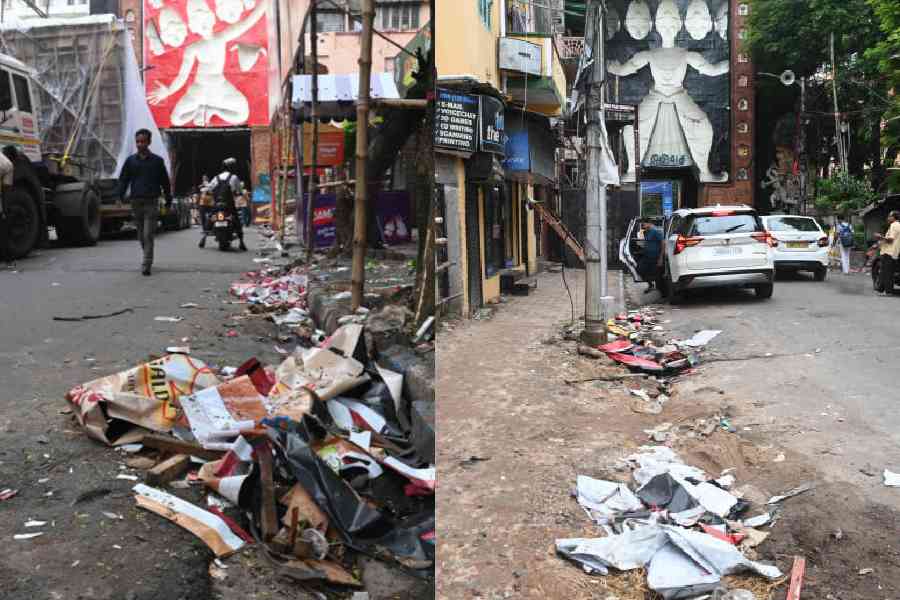
Garbage lies strewn along Ramani Chatterjee Road on Saturday. Garbage lies strewn along Dover Lane near Singhi Park Puja pandal on Saturday Sanat Kr Sinha
The waste that doesn’t reach landfills or recycling units often enters the city’s drainage network, choking the system. After the September 23 deluge, KMC workers had to open manholes and clear drains stuffed with kilos of plastic carried in by stormwater.
Puja organisers acknowledge the issue. “Each morning after the night-long celebrations, the streets were littered with plastic packets, food waste, and more, mostly dumped by food stalls and visitors,” said the general secretary of a well-known south Calcutta Puja committee.
“The burden on civic workers is worsened by careless behaviour from both pandal hoppers and stall operators,” said a KMC official. “Separate bins would help, but most of the time, waste is thrown on the road.”
The issue is not limited to Calcutta. Across India, major festivals become hotspots of excessive waste generation, said professor Dubey. “It’s time we find ways to reduce additional waste generation during festivals,” he added.
One Puja committee tried something different. Tala Prattoy, in north Calcutta, installed a solid waste processing machine on its premises. The unit, with a capacity of 5 tonnes a day, operated throughout Puja.
“The machine converted the waste into a raw material that can be used in the power sector. As organisers of a large Puja, we were thinking about how we could process the waste generated on our premises and not overburden the KMC, which has to collect waste from across the city,” said Tala Prattoy’s mentor, Dhrubajyoti Bose Suvo.

